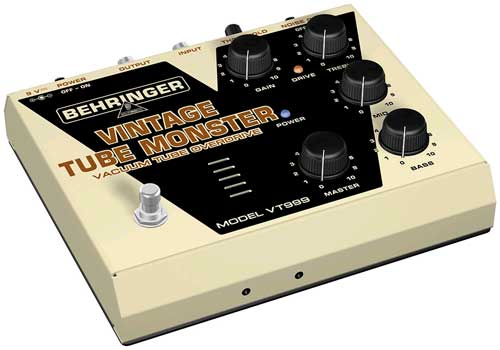 A huge pile of new super cheap effects pedals from Behringer today, mostly pretty standard-looking, but could the Chorus Space C be a pedal version of the legendary Roland Dimension D? It claims to be an 'Analog 3-Dimensional Sound Effects Pedal', although that doesn't mean it's actually analogue circuitry. Interestingly, they have a new range, adding to their Boss clones and Electro Harmonix clones, they now have MXR clones - Spot the difference: A or B, X or Y? Behringer seem doing be doing very well - as this jobs page reveals.
A huge pile of new super cheap effects pedals from Behringer today, mostly pretty standard-looking, but could the Chorus Space C be a pedal version of the legendary Roland Dimension D? It claims to be an 'Analog 3-Dimensional Sound Effects Pedal', although that doesn't mean it's actually analogue circuitry. Interestingly, they have a new range, adding to their Boss clones and Electro Harmonix clones, they now have MXR clones - Spot the difference: A or B, X or Y? Behringer seem doing be doing very well - as this jobs page reveals.